Getting Started With Drone Programming
What is Drone Programming?
Drone programming is the process of controlling a drone using a remote controller. Drone programming can be done using a variety of different programming languages and platforms.
Why would someone want to learn drone programming?
There are a number of reasons why someone might want to learn drone programming. Some people may want to use drone programming to create videos or photos. Others may want to use drone programming to explore new areas or make repairs.
How do I learn drone programming?
There are a number of ways to learn drone programming. Some people may learn drone programming using a programming language and a remote controller.
Around the world, drones are currently quite popular among enthusiasts and hobbyists. Because drones are becoming more and more popular and because the technology keeps advancing, programming them has also become crucial in the field of robotics. Drone programming is a fantastic subject for learning and can even be pursued professionally. Having said that, how do you begin with drone programming?
Knowing how to use the appropriate programming languages—which could be low-level or high-level programming—is the first step in developing drone software. The next step is to start programming by accessing a drone’s programming through a programming language and creating your own app.
It may seem complicated and difficult to program a drone, but it’s actually simpler than you might think. You can write your own program for your drone with just a few basic instructions to get you going in the right direction. Obviously, learning how to program drones will be simpler for those who are already familiar with the fundamentals, but even complete beginners must start somewhere, right?
Can You Program Drones?
Today’s digital world has made programming skills essential, particularly in fields like robotics and other closely related ones. Drones are just one more example of programming’s many uses in that sense. Additionally, learning how to program drones so that you can easily and effectively instruct them on what to do can be a lot of fun.
Indeed, drones can be programmed. In fact, there have been many different drone light shows that have enthralled audiences all over the world, whether you saw them in person or on television. A total of 3,051 drones in Shenzhen, China, broke the record for the largest drone light show ever in September of 2020.
It’s difficult to imagine 3,051 individuals operating all of those drones. In order to create such a spectacular show without having one person take control of one drone each, drone programming is used to program all of those drones to move in unison and to synchronize their every movement.
But our goal isn’t record-breaking; rather, it’s to teach you more about drone programming and how you can start programming your own drones. Therefore, you should be aware that not all drones can be programmed; in fact, only a select few models can actually be programmed by the end user.
The majority of programmable drones are sold specifically for educational uses, allowing children or others interested in learning drone programming to use them to practice their skills. But you can also purchase DIY drone kits so you can build a programmable drone from scratch. These DIY drone kits are better suited for those who intend to create their own drone-related app or program.
What Programming Language Do Drones Use?
To begin with, the first step in learning how to program drones is to confirm that you are familiar with the programming language that drones employ. After all, everything begins with the programming language since this is essentially the language you will use to communicate with the drone and instruct it to carry out your specific set of instructions.
So, in order for you to understand the various programming languages, we must make a distinction between low-level and high-level programming in terms of how they are applied to drones.
Low-level programming
The firmware that the drone runs on is the main focus when it comes to low-level programming. To use the drone’s basic functions, this firmware must coordinate or communicate with the drone’s hardware, such as the motor and propellers. The firmware, in other words, is what enables the drone to use all of its various parts.
Therefore, depending on how it is controlled or how it analyses the drone’s inertial measurement unit, the firmware of the drone is actually in charge of deciding how much power it should deliver to the motors and its propellers. As the firmware interacts with the drone’s motors and propellers during flight, the drone is able to stabilize itself in this way.
You must learn how to use the programming languages C and C++ when it comes to low-level programming. Due to the fact that C and C++ are the most common programming languages that students learn first, the majority of programmers who have a solid understanding of basic programming should already be familiar with them.
Nevertheless, despite the fact that C and C++ are regarded as fundamentals, learning them is difficult due to how complex they can become. But if you have already mastered it and are familiar with these programming languages, it will be simpler for you to use them when attempting to learn how to program the hardware and firmware of your drone.
High-level programming
High-level programming deals with the applications of the drone, whereas low-level programming deals with the firmware and hardware. In other words, you already see the drone as being fully assembled, and all you need is an app to give you remote control access to it.
Therefore, high-level programming can be used to program the various functions that will enable you to program the drone to do a variety of things, such as flying to a specific altitude or knowing how to use information so that it can automatically fly to that location via GPS.
High-level programming and firmware collaborate in this case so that the drone can understand the appropriate response to give. Therefore, the app will communicate with the firmware, which will then communicate with the hardware of the drone, for instance, if you use the drone to fly at a controlled altitude on command.
Another situation where you might want the drone to read GPS is when you want it to move in the direction you want it to go based on an app command. Knowing how to communicate this with the firmware is the aim of high-level programming in that sense. After high-level programming has provided the instructions, low-level programming manages how the motors and other hardware functions.
High-level programming tends to be user-friendly and widely accessible because it is simpler to understand than low-level programming. Python, which is frequently regarded as the most user-friendly programming language, can be useful in this situation. Python is simply simpler to use and understand for novice programmers and beginners than Java, though Java can also be a good option.
How Do I Start Drone Programming?
Therefore, in order to begin drone programming, you must first acquire a programmable drone in addition to learning the fundamental programming languages that are frequently used for both low-level and high-level drone programming.
There are some programmable drones that you can purchase. Additionally, these drones’ packages already include an application programming interface (API) or software development kit (SDK). In the sense that they already have the low-level programming required for them to control their hardware, the majority of drones that can be programmed already have their own firmware.
Therefore, what you can do with these programmable drones is to program and develop an application using high-level programming that will enable you to control it and have it carry out specific tasks. Therefore, you must make sure that the drone you purchase can be programmed using the programming language of your choice, such as Python or the SDK that is included with the programmable drone.
As long as the SDK contains all of the fundamental components you need to develop your own app, you can actually use the SDK to create your own mobile drone app without using a programming language. When creating your own app, your high-level programming knowledge will be crucial. The drone will be commanded through this app.
DroneKit
DroneKit, an SDK that can be easily downloaded using your Android mobile device, is a good programmable drone kit that you can purchase. If you have a foundational understanding of high-level programming, you can use this SDK to build your own Android control application. The DroneKit SDKs are completely free and open-source, which is the best part.
The benefit of DroneKit is that it includes all of the fundamental features you require for drone control. This includes other autonomous features and intelligent flight path planning. Additionally, since it is open-source, you can essentially use the various codes created by other programmers for your own drones. However, the issue with DroneKit is that there is no customer support.
DJI SDKs and APIs
However, if you use DJI drones, which are among the most well-liked drones on the market right now, you can use their SDKs and APIs to create your own iOS and Android apps made especially for DJI drones like the Mavic. The DJI SDKs are actually fantastic in terms of the features they provide because they include a variety of automated features like obstacle avoidance and even live video feed, allowing you to fully utilize the Mavic’s incredible camera capabilities.
However, the fact that DJI SDKs and APIs are not free is a problem. However, if you contact DJI directly, you should be able to obtain an SDK or API if you do insist on using a DJI drone. Because DJI’s SDKs are so feature-rich, this should be a great way for you to learn how to program your own DJI drone.


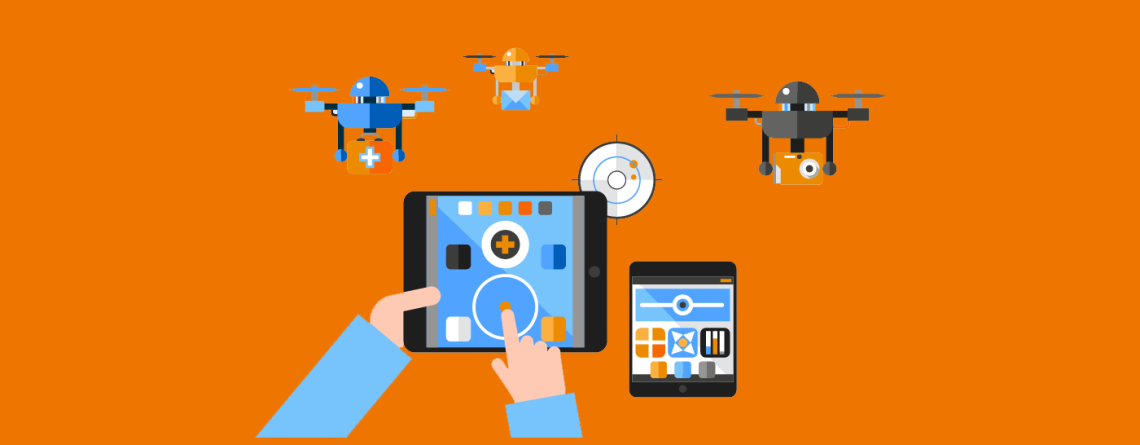
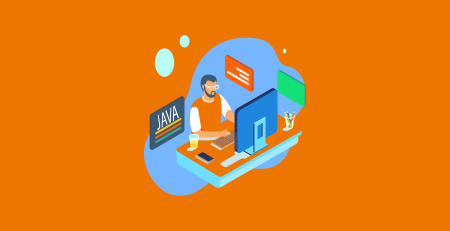
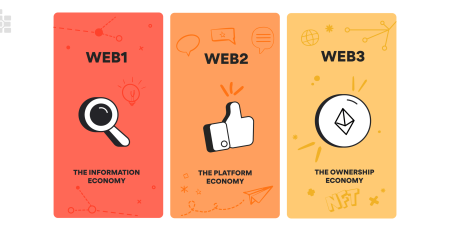

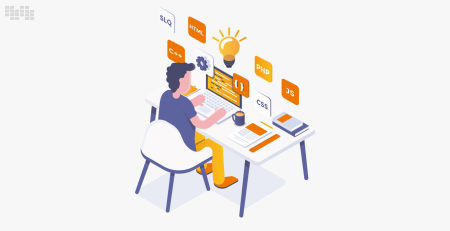
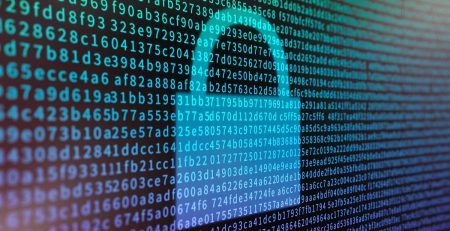
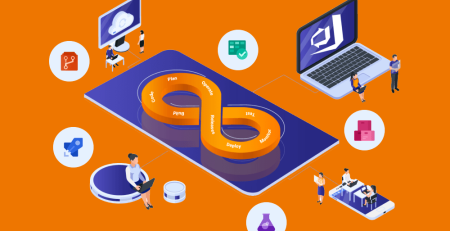
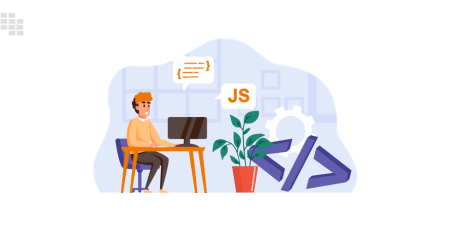
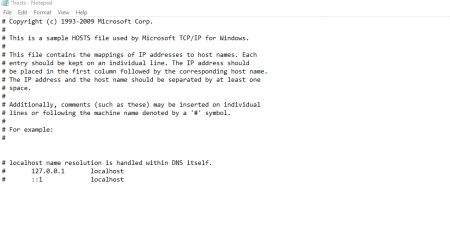
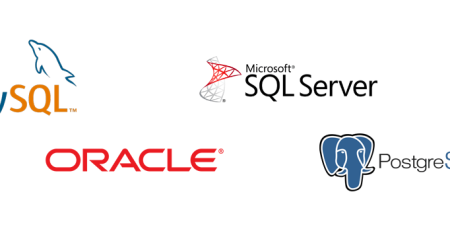
Comments (2)
Hi,
I hope you are doing well, thank you for your useful information. I want to know how to I can create my own application without purchasing SDK and APIs from beginning to advance , which programming language do I need to learn to create a best app like DJI GO or B4UFLY application can you give me a little expression please.
Have a nice day.
Looking forward to hearing from you.
Creating a mobile application like DJI GO or B4UFLY involves several steps, and it’s a multi-faceted process that requires knowledge of various technologies. Here’s a simplified roadmap to guide you through the process:
1. Define Your App:
– Clearly outline the purpose and features of your application.
– Identify the target audience and platforms (iOS, Android, or both).
2. Learn the Basics:
– Start with basic programming concepts and logic.
– Get comfortable with a programming language.
3. Choose a Programming Language:
– For mobile app development, you can choose between languages like:
– Swift or Objective-C for iOS (using Xcode)
– Java or Kotlin for Android (using Android Studio)
– React Native or Flutter for cross-platform development
4. Understand Mobile App Architecture:
– Learn about the architecture of mobile applications, including front-end and back-end components.
5. UI/UX Design:
– Familiarize yourself with UI/UX design principles.
– Use design tools like Sketch, Figma, or Adobe XD to create app prototypes.
6. Database Knowledge:
– Understand databases and how to integrate them into your app.
– Learn about local storage, as well as cloud-based solutions like Firebase or AWS.
7. Networking and APIs:
– Learn how to make network requests and interact with APIs.
– Understand RESTful API principles.
8. Security:
– Study basic security measures to protect user data.
– Learn about secure coding practices.
9. Testing:
– Explore different testing methodologies (unit testing, integration testing).
– Familiarize yourself with testing frameworks.
10. Version Control:
– Use version control systems like Git for collaboration and code management.
11. Continuous Integration/Continuous Deployment (CI/CD):
– Understand CI/CD pipelines to automate the deployment process.
12. Documentation:
– Document your code, APIs, and overall project structure.
13. Publishing:
– Learn how to publish your app on the App Store or Google Play Store.
14. Stay Updated:
– Keep up with the latest industry trends, updates, and best practices.
15. Community and Networking:
– Join developer communities and forums to learn and seek help when needed.
Remember, building a sophisticated app like DJI GO involves a combination of skills, including mobile development, UI/UX design, networking, and possibly some understanding of hardware integration (depending on the app’s functionality). The tools and technologies you choose may also depend on the specific requirements of your project. Good luck on your app development journey!